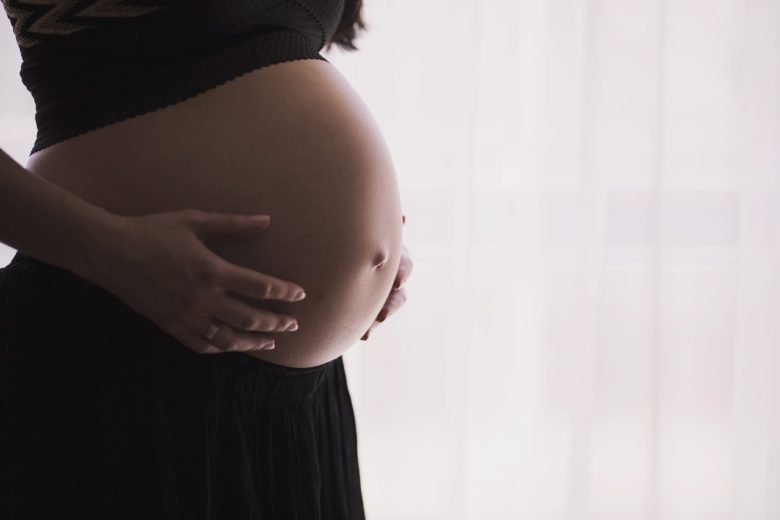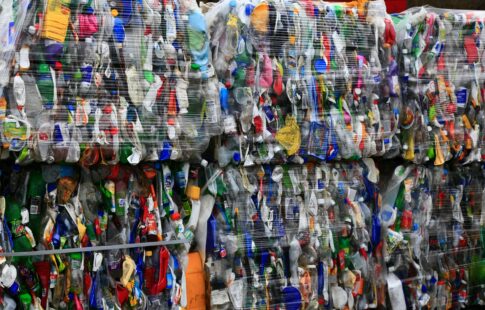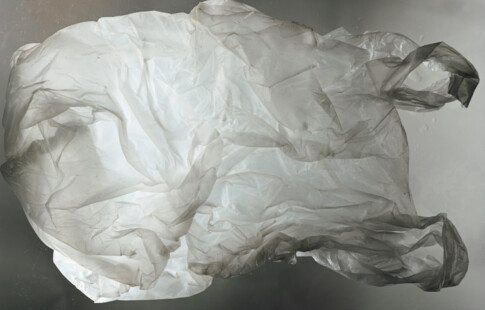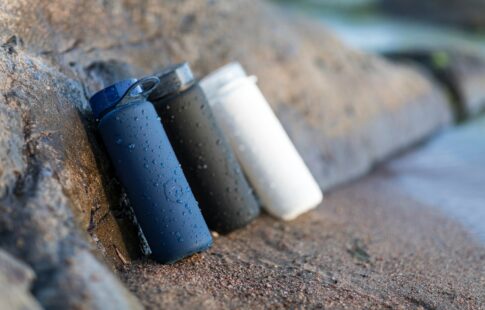
7 Stress-Free Ways to Have an Eco-Friendly Pregnancy
We are reader-supported. When you buy through links on our site, we may earn affiliate commission.
Today, pregnant women are bombarded with advertisements about stretch mark creams, maternity workout gear, prenatal teas and a never-ending list of necessary baby gear. For eco-conscious mamas, the constant stream of consumerism can be overwhelming. Having an eco-friendly pregnancy doesn’t require expensive hand-sewn maternity wear, organic superfoods or costly makeup. There are plenty of ways to be more environmentally conscious without spending too much money. Here are a few ideas on how to have a more sustainably-minded pregnancy, without stressing about it.
1. Chemical-Free Beauty
While it is beneficial to use natural products at any point in your life, it is especially important during pregnancy. Your growing baby is extremely susceptible to harsh toxins, so it’s essential to be conscious of what you are putting on your skin. Parabens, phthalates and sodium laureth sulfate are just a few of the chemicals you should avoid during pregnancy. When it comes to makeup and personal care, opt for more natural products, and avoid harsh chemicals. Going green during pregnancy doesn’t necessarily mean you have to buy more expensive products. In fact, there are many personal care products, like soap and shampoo, that can easily be made DIY-style. Remember, you can start small. Saving the environment is about taking one step at a time, not leaps and bounds.
2. Thrifted Maternity Clothes
While you may be able to still wear some of your oversized sweaters and comfy sweatpants, you may need to invest in a couple of maternity outfits to stay comfortable throughout your pregnancy. Unfortunately, many lines can be quite pricey, especially considering you may only need an item of clothing for a few months. If you are looking for some stretchy jeans or a fitted dress for a maternity photoshoot, check out local thrift stores to see if they have anything in stock. Many women donate old maternity clothes when they no longer need them, so you will probably be surprised by just how many items you can find. One of the main benefits of going green, other than being an advocate for the environment, is the money you save. Consuming less stuff means more cash in your pocket. While it can be nice to have a maternity dress that fits just right, there are tons of clothes you can buy secondhand at a fraction of the cost.
3. Sustainable Cleaning Products
Just like beauty and personal care, you should also be mindful of what types of cleaning products you use around your home. Many of them, especially those labeled as disinfectants, contain carcinogens that are very dangerous for your growing baby. Fortunately, there are many more natural options available today. You can also opt to DIY your own cleaning products if you are feeling inspired.
4. Earth-Friendly Prenatals
The American Association of Pregnancy suggests that women take daily prenatal vitamins to support their health and that of their babies. However, many of them contain synthetic forms of nutrients, which are not very environmentally friendly. If you decide to take a prenatal, look for food-based options. Not only are they better for the Earth, but they may also be easier to digest.
5. Green Gender Reveal
With the rise of social media, more couples are opting for a dramatic gender reveal surprise. Unfortunately, popular methods tend to be wasteful, including balloons, explosives and other materials that go straight in the garbage can when the video is over. If you are excited to have a gender reveal but are looking for a more sustainable option, consider a pinata-style cake for inspiration.
6. Low-VOC Nursery
Decorating the baby’s nursery is one of the most exciting projects for some parents-to-be. Setting up children’s books, organizing baby clothes and putting together the crib is a thrilling time for many. Look for eco-friendly options when it comes to furniture, decor and other materials. If you are painting the nursery, make sure to use low-VOC paint, which contains less toxins than the regular kind.
For furniture, consider looking for pieces at a local antique store, or asking your friends and family if they have any extra bookshelves they no longer need. When purchasing a crib or diaper changing station, look for Rainforest Alliance certified wood products, and try to avoid plastic if you can.
7. Organic Food Options
No one wants pesticides on their plate, especially expectant mothers. However, organic options are not widely available, and many products are cost-prohibitive. While there is always going to be a debate over whether you should buy 100% organic during pregnancy, just try and do the best you can.
Some produce is safer than others, while certain fruits and veggies tend to be more heavily sprayed. The Environmental Working Group shares a list every year of the 15 cleanest produce options that you can buy conventionally.
An Eco-Friendly Pregnancy
When it comes to living more sustainably, every small change counts. During pregnancy, expectant mothers can sometimes feel overwhelmed by the amount of stuff they are advertised, especially when it comes to personal care and clothing. Having an eco-friendly pregnancy isn’t expensive or difficult.
It’s as simple as replacing your household cleaners with a safer option, paying attention to the types of veggies you buy organically and what’s in your favorite mascara. You can have a stress-free eco-friendly pregnancy, and it’s better for you, your baby and the planet.
Share on
Like what you read? Join other Environment.co readers!
Get the latest updates on our planet by subscribing to the Environment.co newsletter!
About the author
Jane Marsh
Starting from an early age, Jane Marsh loved all animals and became a budding environmentalist. Now, Jane works as the Editor-in-Chief of Environment.co where she covers topics related to climate policy, renewable energy, the food industry, and more.





